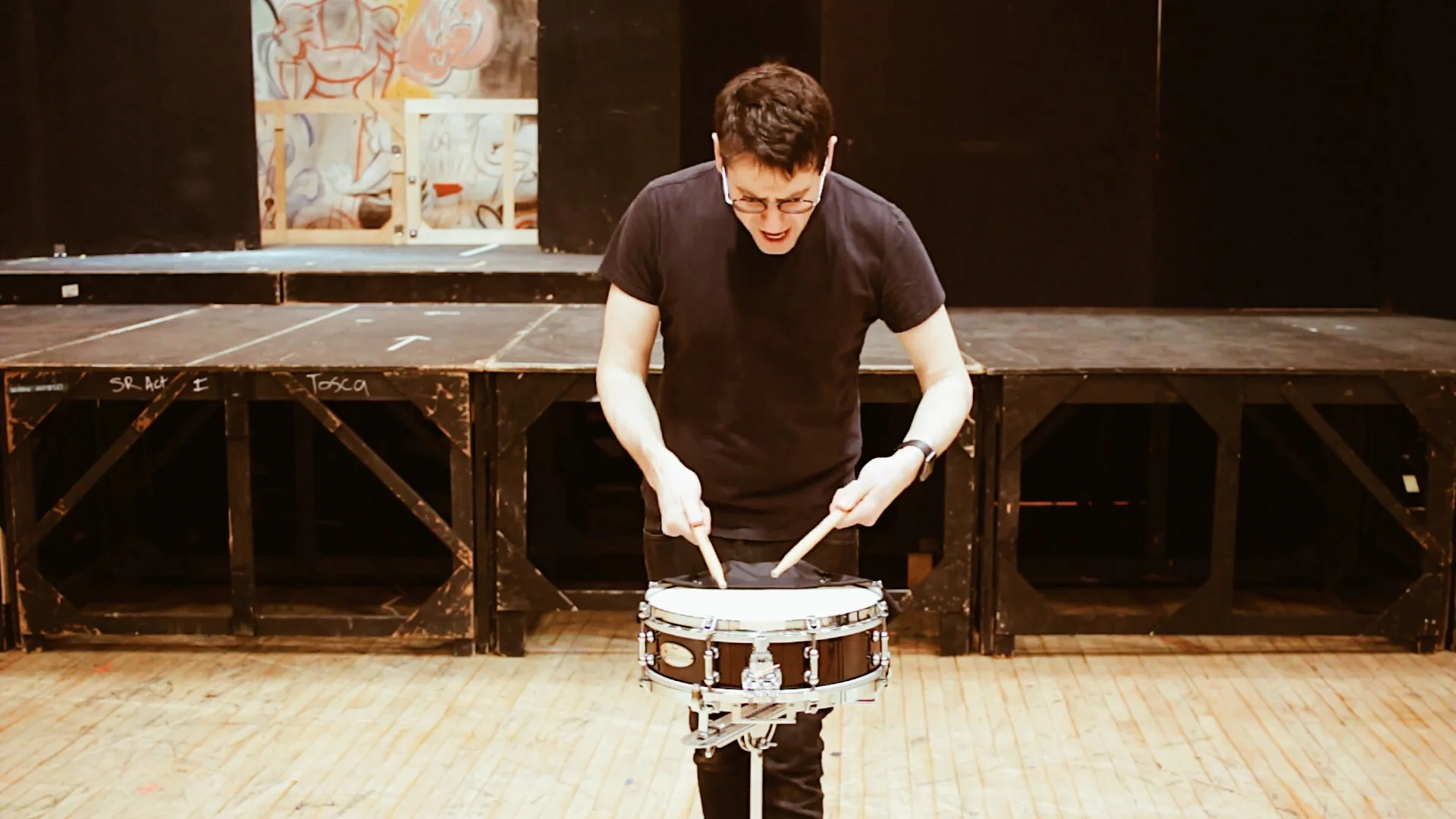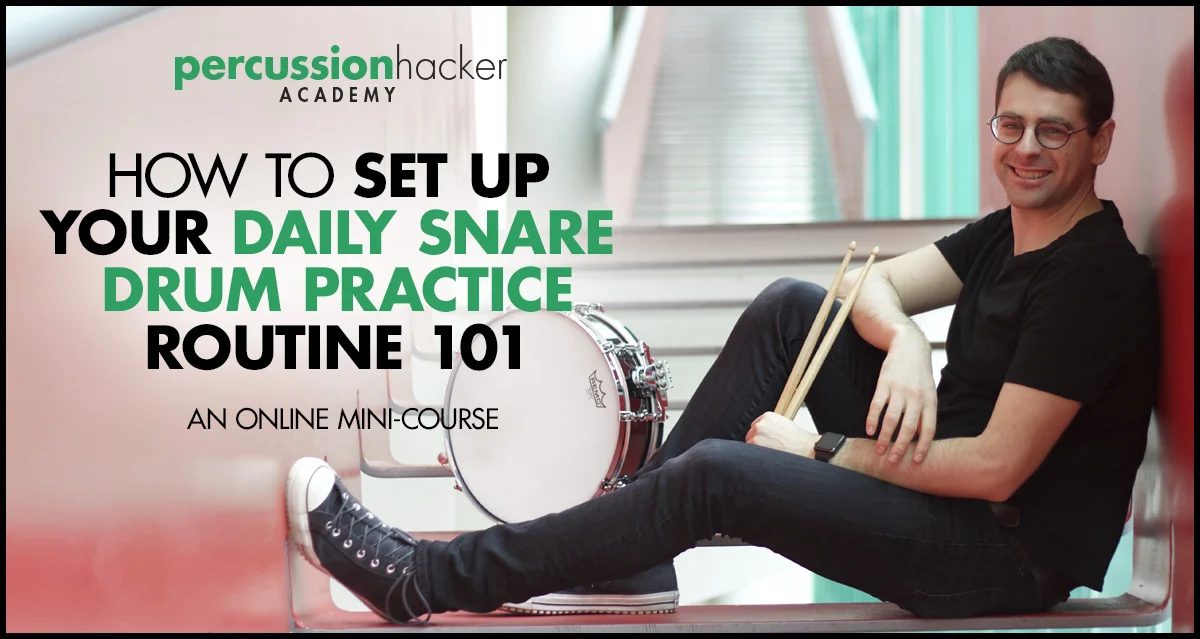or, how to break through a technique limitation by exploring new ground.
on the scale of most-frustrating problems to least-frustrating, technical limitations are the worst. have you been working on a marimba solo and realize, halfway through, that you actually can’t do a left hand independent roll? that’s the worst. have you been in the middle of a performance of a snare drum solo at an audition and realized that because you took it too fast, some of the faster passages are literally impossible? it’s the worst.
the first step to recovery is admitting you have a problem.
if you can find a technical limitation, you can fix it. in this blog post, i’ll show you how if you can (1.) define and identify a technique with a deficiency, then you should (2.) break apart the technique to identify variable elements, and (3.) explore the extremes of those elements. your goal here is to both increase your capability of playing that technique and give you more ability to react and adjust to whatever is asked of you to play that technique.
1. choose an aspect of your playing that you’d like to improve.
if you have a problem with a solo or excerpt, ask yourself this question: “if i was a badass at the technique of _____, would this really be a problem?” for instance, take the long snare drum roll in capriccio espagnole.
the excerpt requires a few various techniques to be really high level. some of these are:
-loud roll
-decrescendo roll
-soft roll
-crescendo roll
these are related techniques, but each can be worked on separately. in fact, each can be picked apart and analyzed on their own. which one is the hardest for you? for now, let’s assume it’s the soft roll.
2. make a list of the variable elements that make up the technique.
once you’ve identified that you’re going to work on the soft roll, you should start listing the elements that you can vary within a soft roll. this can be anything: anything that you have the power to change, you should at least consider allowing for experimentation on. start with this short list, and add to it:
-roll density, or, how fast the individual bounces happen within each stroke.
-roll speed, or, how long each buzz lasts before transitioning to the other hand. (aka buzz length)
-roll attack, or, how much impetus or accent happens at the beginning.
-drumhead placement, or, where on the head you play.
these are all variable elements that can be manipulated for different results. consider physical position, amount of pressure, setup of the drum, how much finger/wrist/arm you’re using.
3. expand each element by defining and exploring its extremes
for each variable element, think through the two extremes.
-roll density: open → closed.
-roll speed: slow → fast
-roll attack: none → a lot
-drumhead placement: edge → center
start a repetitive exercise, whether it’s stick control or a repetitive practice of a measure of your solo. choose a variable, and start right in the middle of the spectrum. for roll density, choose a middle-of-the-road density and begin the repetitive exercise. keep playing, and while you play, slowly transition from the middle-of-the-road place to the super-closed extreme. then, transition back through the middle-of-the-road density towards the extreme open density.
conclusion:
along the way, did it feel comfortable? your goal is to make it feel comfortable over time. this will strengthen the tiny muscles that deal with soft rolls. it will give you more ways to execute that soft roll. having more ability will give you a broader color palette and provide more musical options. having more ways you can play something will make it easier to play any one of those styles.
what techniques could you use this process to improve? write your ideas in the comments below!
want to see my complete snare drum setup?
here’s my 8-piece snare drum setup, including every piece of gear and accessory you'll need. (and it's totally audition-ready, too.)













the snare drum seems like it could be the most boring instrument on earth. regardless, you still have to sound as musical as any violinist or oboist or trumpeter.
in today's video, i'm showing you 7 ways you can express phrasing and musicality on the snare drum.